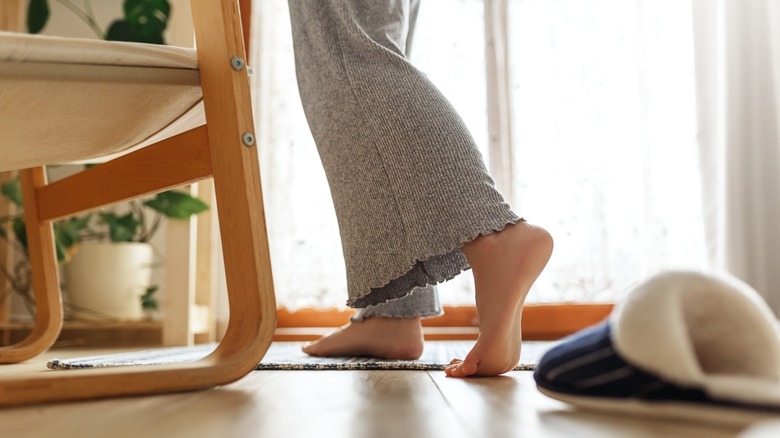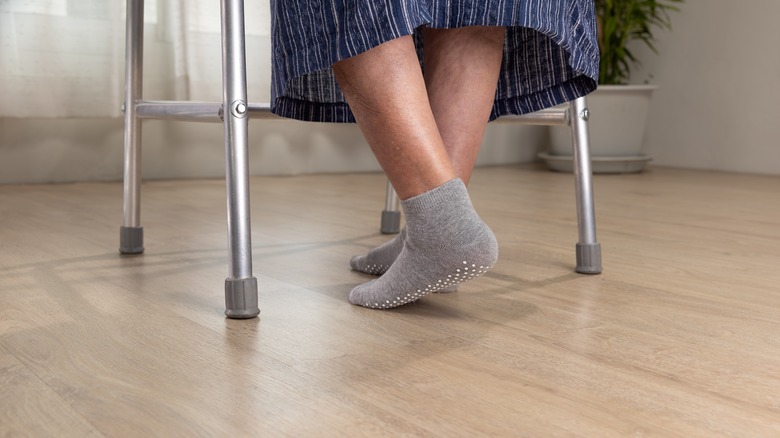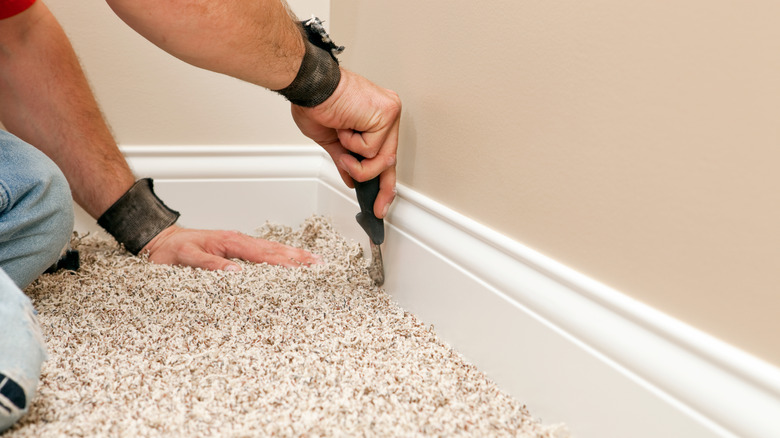The Best Flooring Options For Your Home If You Spend A Lot Of Time On Your Feet
Have you ever experienced pain from standing all day, either at work or at home? As it turns out, the floors installed around your house may be making the problem worse. Whether you are young or old, aches and pains can easily come from constantly being on your feet so any efforts made to decrease the discomfort can make all the difference in improving your physical and emotional well-being. These efforts begin with making your home as comfortable as possible, as the type of flooring you install can greatly impact your physical health as you continue to go about your daily routines. Laminate, linoleum, vinyl, and carpet are just a few examples of floors offering physical benefits to homeowners who are all too familiar with the effects of minor, moderate, and severe pain and stiffness.
Selecting new floors for your home may seem challenging since each type comes with its own set of advantages and disadvantages. But doing so may be essential to bring physical relief to either yourself or the other members of your household.
Vinyl, laminate, and linoleum
You might assume that all versions of hard floors negatively impact homeowners suffering from chronic pain, but some hard flooring materials impact the body in worse ways than others. For example, traditional hardwood floors have been coveted and praised for centuries due to their durability and their timeless, opulent appearance. But these floors hardly benefit those with foot, back, and joint issues, as they provide little to no support underneath the visible wooden boards to cushion residents' footsteps as they stand or walk. Opting for a hardwood alternative instead, like laminate or vinyl, is a much more practical decision for those with specific chiropractic needs.
Not only does each material imitate the natural aesthetic of real hardwood flooring at a fraction of the cost, but both laminate and vinyl manage to cushion owners' joints when on their feet for short or long periods of time. Also, vinyl has a slip-resistant surface that makes it easier for residents with mobility aids, like canes and walkers, to navigate the home. Laminate, when paired with the proper subfloor, can absorb heat more effectively than other hard flooring materials, an added convenience that may help soothe aching feet or other connecting joints and muscles, on top of providing much sought-after warmth during the winter months. Both laminate and vinyl make regular cleaning and upkeep easy, as well. Linoleum is another option capable of offering relief to those with physical ailments and is also natural, durable, and smooth.
Carpet
Another classic example of flooring, carpet has long dominated the interior design industry by first giving homeowners an affordable alternative to low-grade wooden floors in the mid-20th century. This traditionally warm and plush flooring type is available in many colors and styles and comes with several advantages that benefit those with health issues, including seasonal allergies, asthma, and, of course, pain in the back, legs, and feet. For more effective results, install carpet flooring on top of a carpeted subfloor or underlayment to amplify the feeling of comfort and provide padded support for joints and feet.
If replacing the hard floors in your home with carpet seems out of the budget or unappealing for aesthetic reasons, you can try softening your already existing floors using decor accents that add warmth to the house both physically and aesthetically. Strategically placing rugs in the areas of the house that you and your loved ones frequent most can add just the right amount of comfort without sacrificing personal style or seriously hurting your bank account. But for some, decorating with rugs may make getting around much more challenging. Rugs are subject to sliding and curling when placed on both hard and carpeted floors, making them less safe for those using mobility aids and those prone to losing their balance when walking on uneven surfaces. Additionally, working around the house with shoes on instead of barefoot can provide much-needed support in homes where floors are less accommodating.


